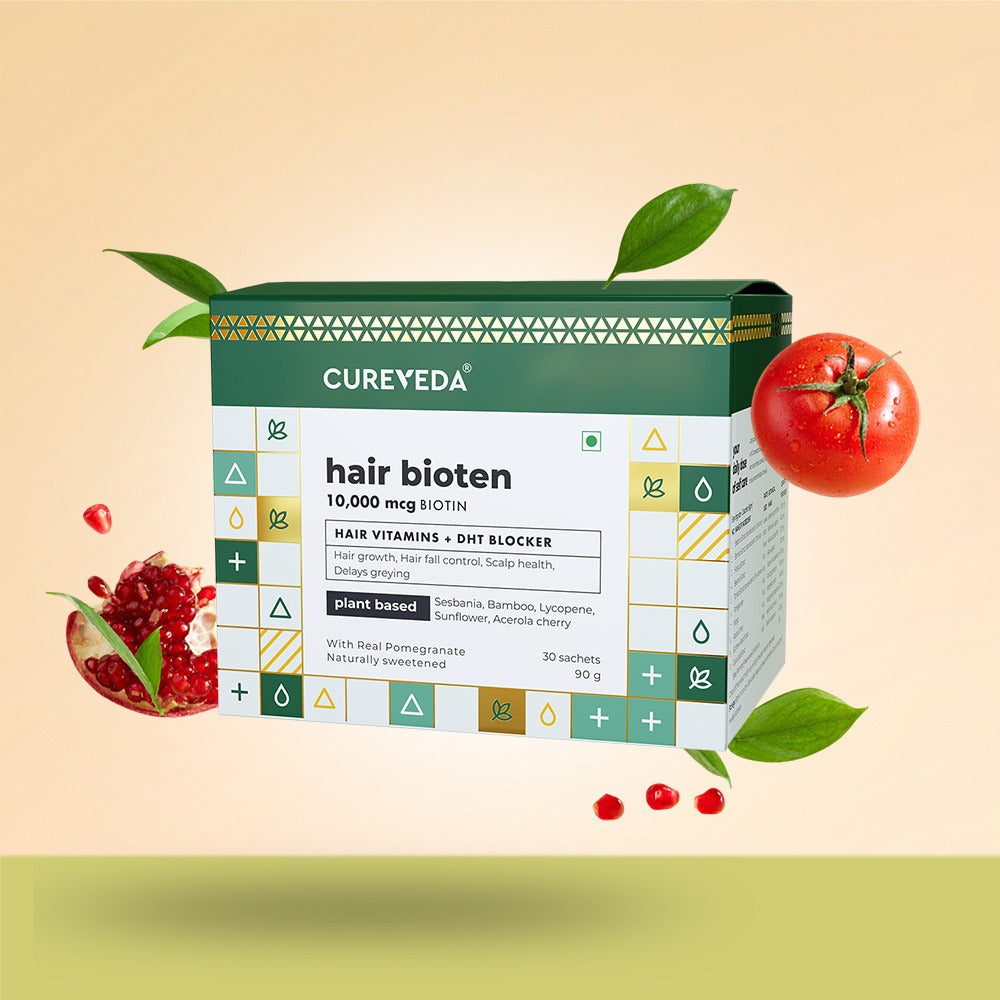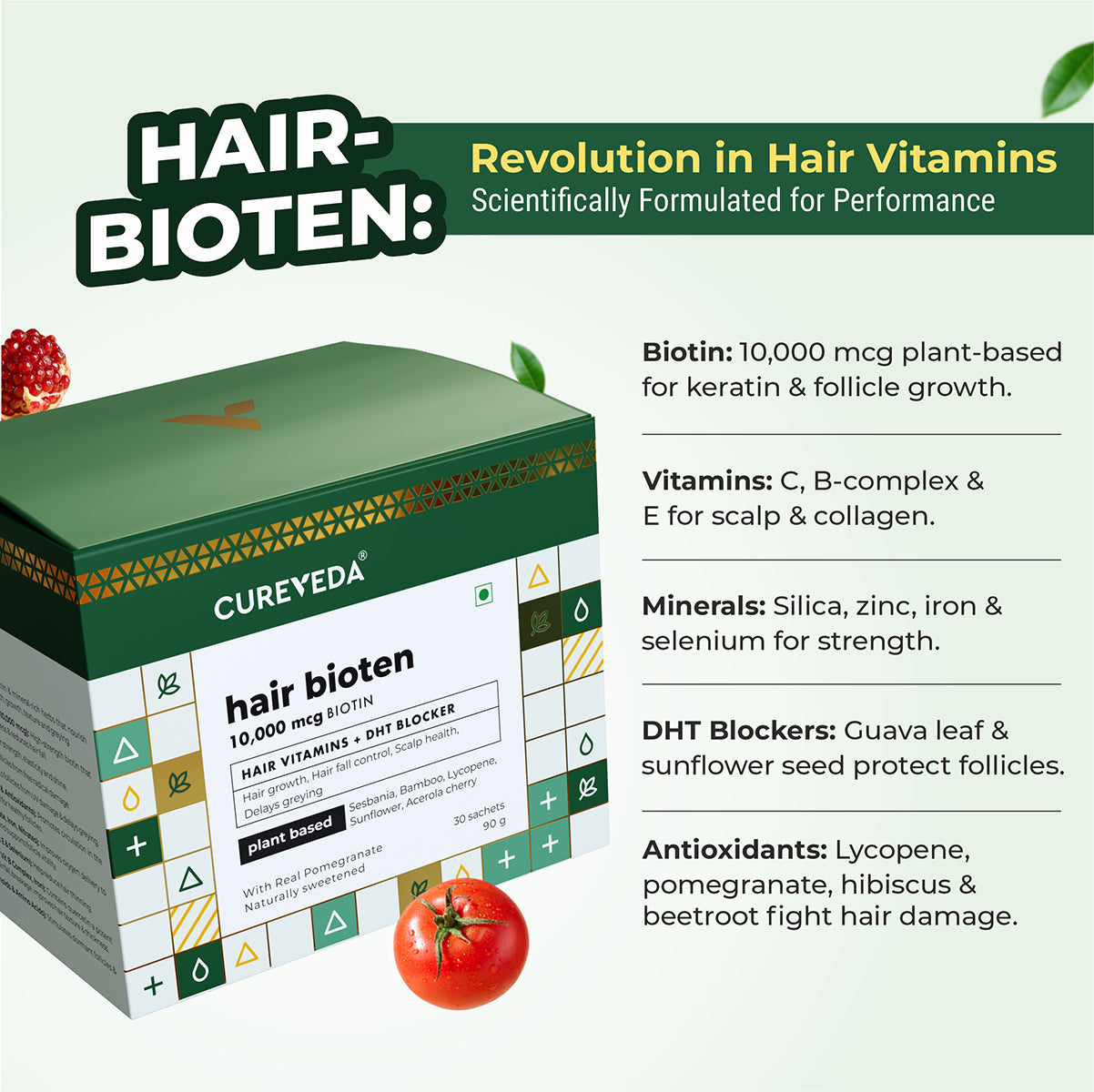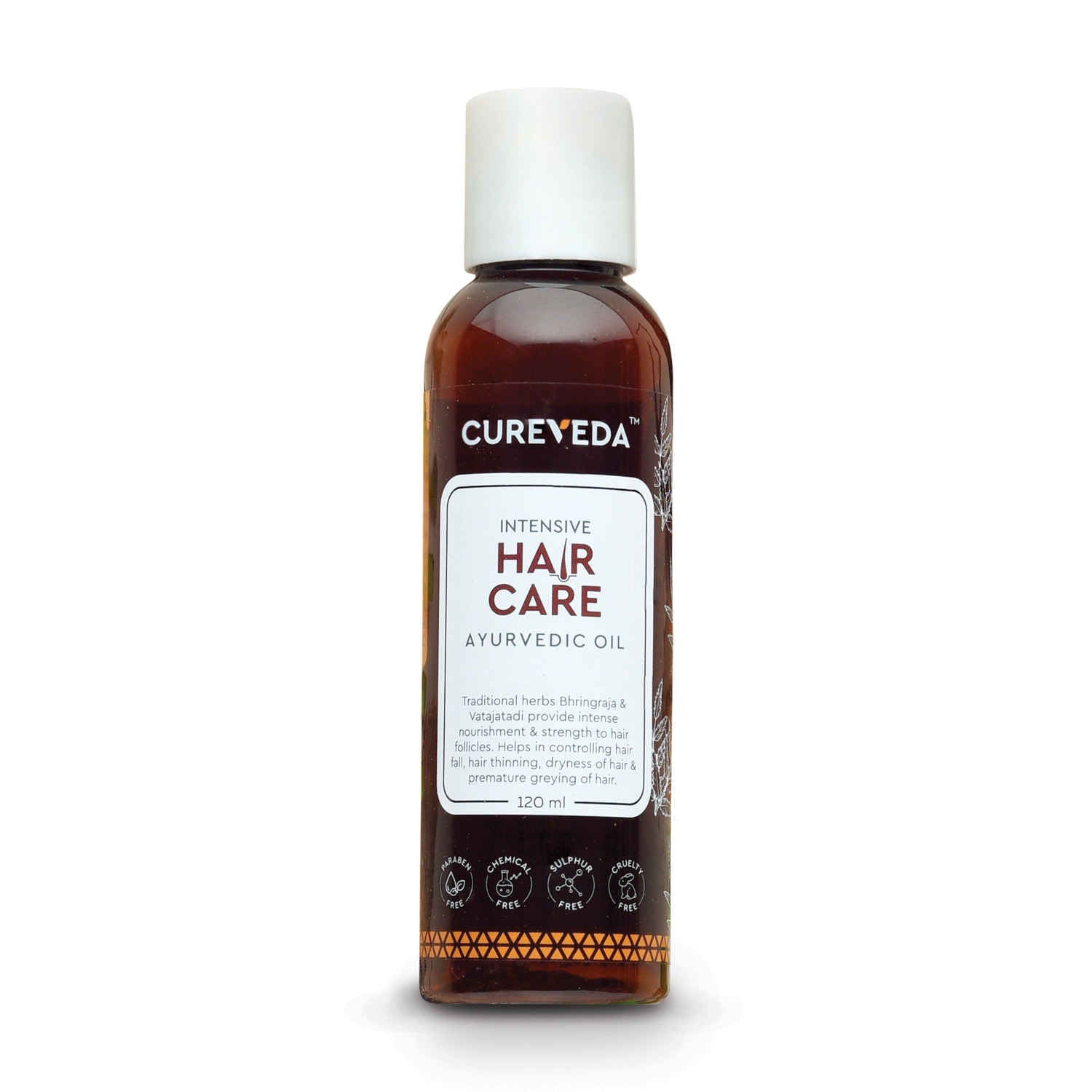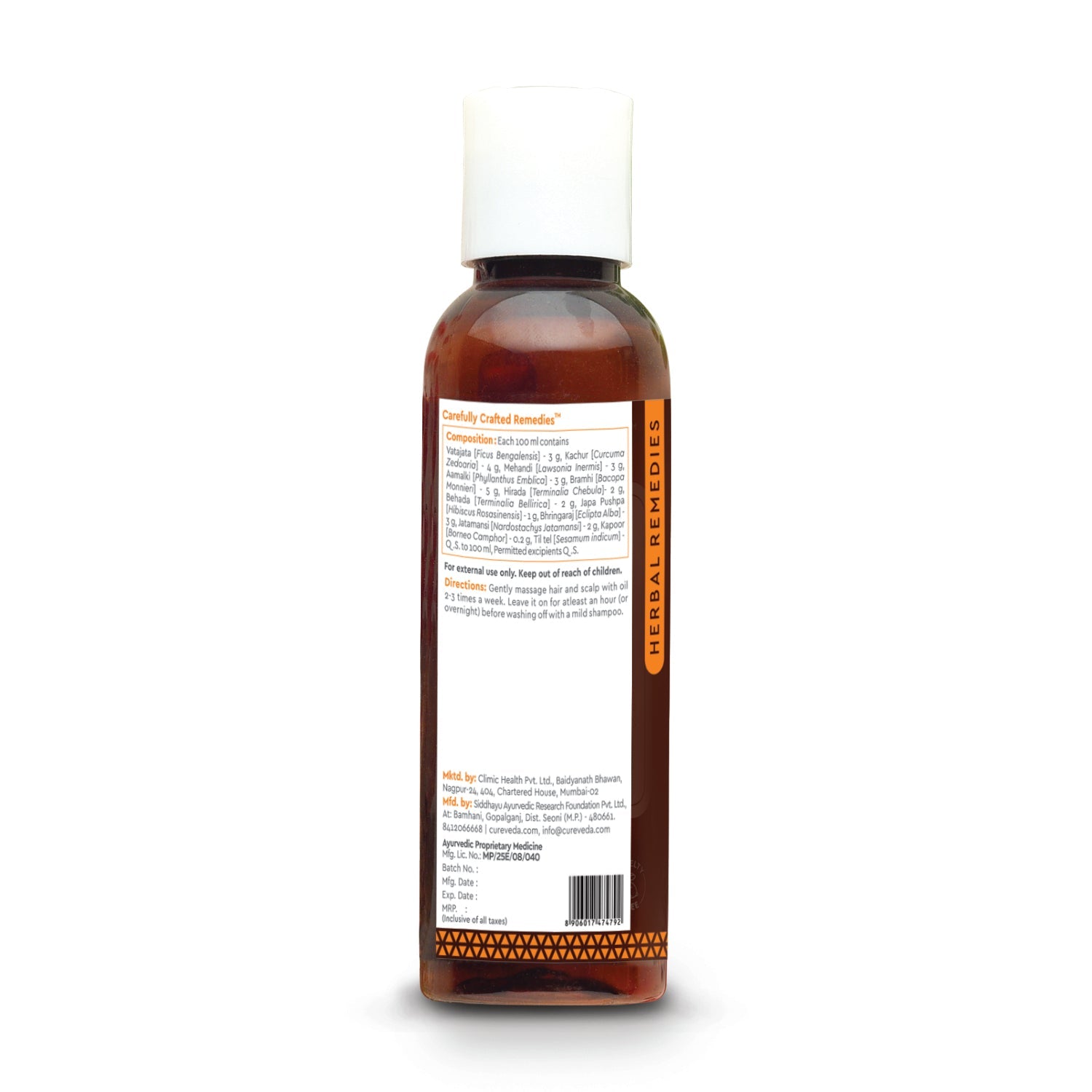Khalitya (Hair Fall) | Hair Fall Supplements | Hair Fall Treatment
Khalitya (Hair Fall) and New Therapy
Introduction
Hair reflects the overall health of an individual. The growth and condition of hair can provide insights into one’s health status. Ayurveda recognizes hair as a by-product of asthi dhatu (bone tissue), with hair and nails described as waste products of this tissue. In the sixth to seventh month of fetal development, hair begins to form, and a newborn typically has about two inches of hair on the scalp. The growth of hair is seen as a sign of life and vitality.
Khalitya (Hair Fall)
Khalitya, or hair fall, is a significant concern in contemporary times, attributed to various lifestyle changes and health issues. The ancient Ayurvedic texts describe hair fall as resulting from the vitiation of pitta in the hair follicles due to aggravated vata. This condition is also referred to as Indralupta or Ruhya in different texts.
Types of Hair Loss
Hair fall can be categorized into common and uncommon types, including:
Common Types:
- General hair thinning: A gradual reduction in hair density.
Uncommon Types:
- Alopecia: Hair loss occurring in specific patterns, including:
- Alopecia Areata: Coin-shaped hair loss patches.
- Alopecia Totalis: Complete hair loss on the scalp.
- Alopecia Universalis: Hair loss across the entire body.
- Trichotillomania: A condition often seen in children where hair is compulsively pulled out, sometimes leading to Trichophagia (eating the hair).
- Ringworm Infection: Hair loss due to fungal infections on the scalp.
- Traction Alopecia: Hair loss caused by certain hairstyles that pull on the hair.
- Cicatricial Baldness: Hair loss due to scarring from wounds or chemical damage.
Causes of Khalitya (Hair Fall)
- Lack of oil massage, which serves as a natural conditioner.
- Water changes, such as using hard borewell water.
- Postpartum hair loss.
- Use of chemical products like hair dyes.
- Diseases like typhoid, malaria, dengue, jaundice, thyroid issues.
- Poor scalp hygiene.
- Emotional stress or shock.
- Anemia and other nutritional deficiencies.
- Viral infections.
- Low iron levels.
Diagnostic Techniques
Modern diagnostic techniques help identify the causes and types of hair fall, facilitating accurate treatment.
Hair Analysis / Tricho Analysis:
- Trichogram: Examines 10 hair samples to determine the Anogen/Telogen ratio. Normally 80/20, with a decrease indicating a need for treatment.
- Mineral Analysis / HTMA: Assesses mineral deficiencies and measures nutritional content and toxic heavy metals in hair.
- Keratin Analysis: Evaluates protein levels and the structure of hair.
Scalp Analysis:
- Capiloscopy: Examines hair follicles and scalp disorders.
- Densitometry: Measures the thickness of hair strands.
Hair Dx Test: Genetic testing to predict future baldness and determine if hair loss is reversible.
New Hair Therapy
Approximately 80% of patients need counseling about diet and water intake, while 20% require further investigation and treatment.
Temporary / Trichoactive Treatments:
- Internal Remedies: Include extracts from trees, flowers, and foods, such as bio-minerals, serrana complex, dong quai complex, and saw palmetto.
- External Remedies: Home-made remedies like egg and oil conditioners or yogurt and lemon hair packs.
Hair Conditioner Recipes:
- 1 egg + 1 spoon baby oil
- 1 spoon almond oil + 3 spoons milk + 1 banana
- 1 spoon yogurt + 1 egg + 1 lemon
Hair Pack Recipes:
- 1 banana + 1 bowl yogurt + olive/almond oil + honey
- 2 eggs + 5 spoons olive oil
- 2 eggs + lemon juice + olive/almond oil for dry hair
Hair Shampoo Recipes:
- Baking soda + warm water for massage
- Lemon + cucumber for massage
Surgical Treatment:
- Follicular Unit Transplant: Transplanting hair follicles to the scalp, also known as single hair permanent grafting.
Non-Surgical Treatments:
- Hair Camouflage: Modern alternatives to wigs, such as derma films that fit on the scalp, available in various colors.
Advanced Therapies
- Anagrow Treatment: Uses stem cells from trees to promote hair growth.
- Tricho Scalp Treatment (TST): Removes toxins from hair, reducing hair loss within three months.
- Hair Food: Includes milk, almonds, soybeans, and ample water intake.
In conclusion, hair health is a reflection of overall well-being. Proper care, diet, and advanced treatments can help manage and treat hair fall effectively.



 Shop All Products
Shop All Products






